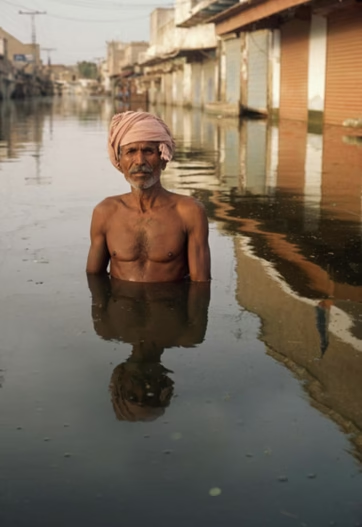Deadly Monsoon Strikes Punjab
Deadly Monsoon Strikes Punjab: Is Pakistan Ready for Climate Change Disasters?
Pakistan experiences both relief and devastation each year during the monsoon season. It helps crops grow and cools the heat, but it also creates mayhem. This July has already seen fatal landslides, flash floods, and roof collapses. The question is: Are we truly prepared for these disasters?
Let’s explore how monsoon rains have become more dangerous and what needs to be done.
Deadly Monsoon Strikes Punjab: Why Monsoon Is No Longer Just “Rainy Weather”
Monsoon rains are seasonal, but their behavior has changed. Global climate shifts have made them more aggressive and unpredictable. Heavy downpours now overwhelm drainage systems, collapse buildings, and flood entire communities. This is no longer just a weather event it’s a crisis in the making.
Human Negligence Worsens Natural Disasters
Weak infrastructure, illegal construction, and poor urban planning worsen the damage. Cities like Lahore and Faisalabad struggle to manage heavy rain. Houses built with weak roofs collapse easily under pressure. And when emergency warnings are ignored, the result is often tragedy.A number of fatal occurrences have already occurred this year as a result of delayed preparations.

Deadly Monsoon Strikes Punjab: 28 Dead in Punjab in 24 Hours
Over the past 24 hours, at least 28 people were killed and 90 injured across Punjab. Most deaths were caused by roof collapses in Lahore, Faisalabad, and Sheikhupura. Authorities warned of flood risks in the Jhelum River, especially upstream of Mangla. More rainfall is expected, especially in Lahore, Gujranwala, Multan, and Bahawalpur divisions. The PDMA (Provincial Disaster Management Authority) has directed all departments to remain on high alert. Citizens are urged to stay indoors, avoid mud houses, and keep children away from electric poles and low-lying areas.
This section references the Dawn News report titled: “28 killed across Punjab in rains in past 24 hours.
What We Must Learn from This
Pakistan must invest in flood-proof infrastructure. Moreover, Strong buildings, early warning systems, and public education can save lives. Governments should enforce strict construction laws and monitor vulnerable areas year-round. In addition, Local communities should prepare emergency kits and have evacuation plans ready. Without these changes, every monsoon will be a threat.
The monsoon season need not be associated with devastation and death. Pakistan may confront these rains with confidence rather than fear if it has more robust mechanisms and better preparedness.
Stay vigilant, be careful, and continue raising awareness till then.







